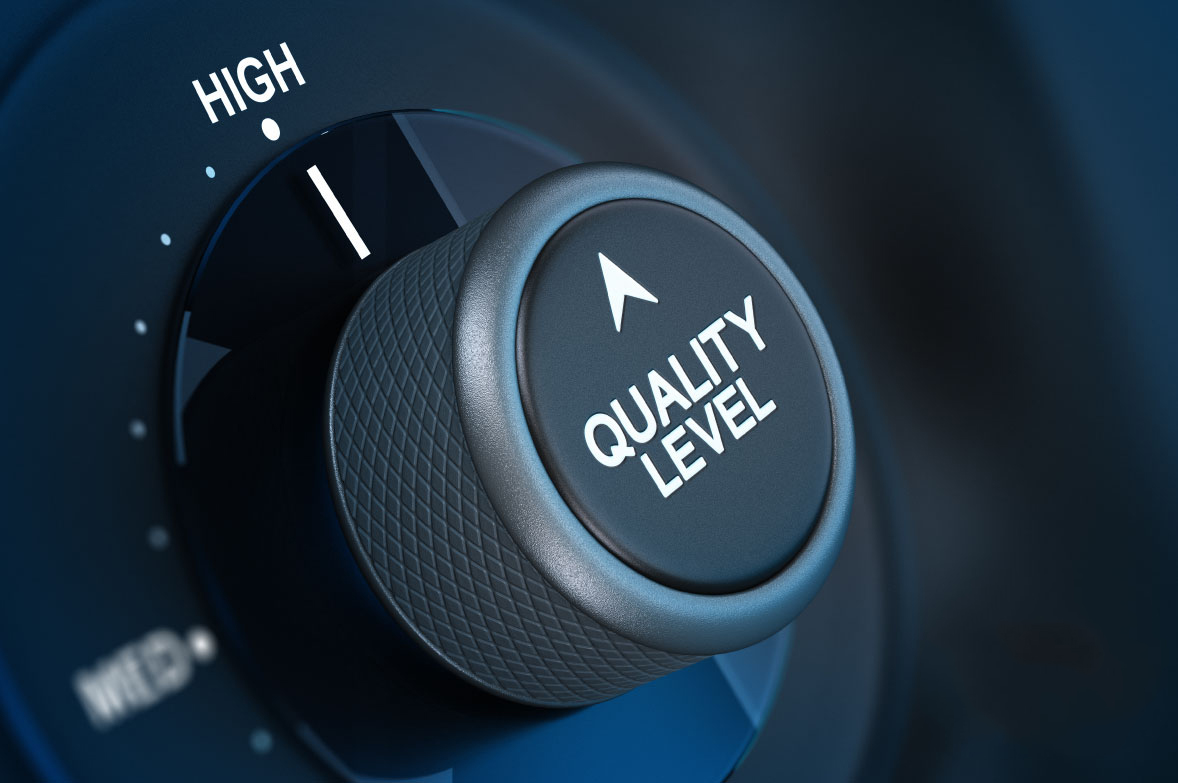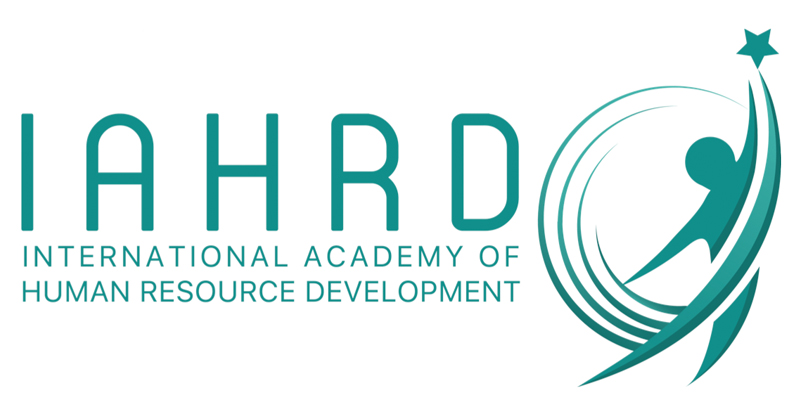
Philosophical Critical Thinking and Logical Problem Solving
Philosophical Critical Thinking and Logical Problem Solving
Introduction:
This course is delivered to you by the International Academy of Human Resource Development (IAHRD). Our syllabus is designed by experts with long experience in the field.Problem solving and thinking ‘outside-the-box’ can help your business to expand in new directions and look in new ways at its current operating systems. Being able to think logically about different situations will make you able to predict problems and risks. Which as a result will make you ready for any urgent situation with the most effective and reasonable alternatives. The course will tackle important topics such as leveraging personal thinking styles, analyzing personal preferences and managing them, The Herrmann Brain Dominance Instrument (HBDI), unleashing creativity , creative group thinking, translating creativity and analysis into practical application and many other helpful topics.
Objectives:
At the end of this program, participants will be able to:
- Understand the concepts of critical thinking and reasoning.
- Observe and analyze different problems in their business and be able to solve them with least costs.
- Implement effective approaches to prevent risky problems from occurring.
- Appreciate the importance of critical thinking and participation in society.
- Develop diverse problem solving toolkit in problem solving depending on the situation.
- Use feedback to think better and use it in getting your goals.
- Work smarter and harder in reaching your goals.
Contents:
Module 1:
- Part A:The Herrmann Brain Dominance Instrument (HBDI)
- MacLean's Triune Brain Theory
- Assessing Your Preferred Approach To Thinking O Leveraging Whole-Brain Thinking
- Identifying Left/Right-Brain Dominance
- Part B: Analyzing Personal Preferences
- Identifying Your Own Natural Brain Dominance
- Determining Non-Dominant Approaches
- Part C: Managing Thinking Preferences
- Avoiding Quadrant Bias
- Balancing People, Processes And Tools For Optimal Decisions
- Business Drivers That Demand Creative Problem Solving
- Deciphering Critical Thinkings
- Bridging Opposing Styles
- Predicting Co-Worker Profiles
Module 2:
- Part A: The Creative Environment
- Setting The Creative Stage
- The Power Of Positive Communication
- Identifying Elements That Stimulate Creativity O Eliminating Barriers To Innovation
- Part B: Group Creative Thinking
- Brainstorming Options
- Challenging Assumptions
- Dispelling Personal And Corporate Myths
- Part C: The Iterative Mind
- Moving Between Quadrants
- Valuing Non-Dominant Preferences
- Stretching Outside Your Personal Style
- Part D: Recording The Creative Process
- Drawing Mind Maps
- Chart Writing
- Part E: Systematic Approaches To Problem Solving
- Defining Criteria
- Focusing On Outcomes
- Leveraging Left-Brain Thinkers
- Applying Questioning Techniques
- Deconstructing Problems Using Stair-Step Techniques
- Part F: Analyzing The Creative Process
- Identifying Business-Critical Ideas
- Categorizing, Prioritizing And Purging
- Part G: Avoiding Analysis Paralysis
- Overcoming The "It Won't Work Here" Mentality
- The Five Monkeys Syndrome Or "But We've Always Done It This Way"
- Analyzing For Outcomes, Not Solutions
- Part H: Applying Analysis Models
- Situation Assessment
- Decision Analysis
- Problem Evaluation
Module 3:
- Part A: The Influence Of Decision-Making Styles
- Recognizing Your Own Blind Spots
- Self-Awareness And Self-Regulation
- Forming A Coalition With Style Opposites
- Part B: Deploying Your Decision
- Clearly Expressing Analysis Results
- Ensuring Organizational Benefit
- Organizational Politics
- Recognizing The Workplace Culture
- Maintaining Outcome-Focused Goals
- Guaranteeing Maximum Buy-In
Module 4 :
- Part A: Integrating Your Solution Into The Business
- Creating A Whole-Brain Presentation
- Strengthening Your Non-Dominant Position
- Adjusting Communication To Thinking Styles
- Transforming Confrontation Into Communication
- Part B: Continuing Your Development
- Conducting Self-Checks
- Being Persistent: A Key Trait Of Successful Creative
- Mapping Thinking Skills To Your Business
Module 5:
- Your Personal Thinking Style
- Your Stakeholders' Styles
- Flexing To Colleagues' Styles
- Committing To Your Personal Action Plan
- Checklists For Success
Who should attend?
This course is designed for all types of candidates from beginners to proffesionals.
